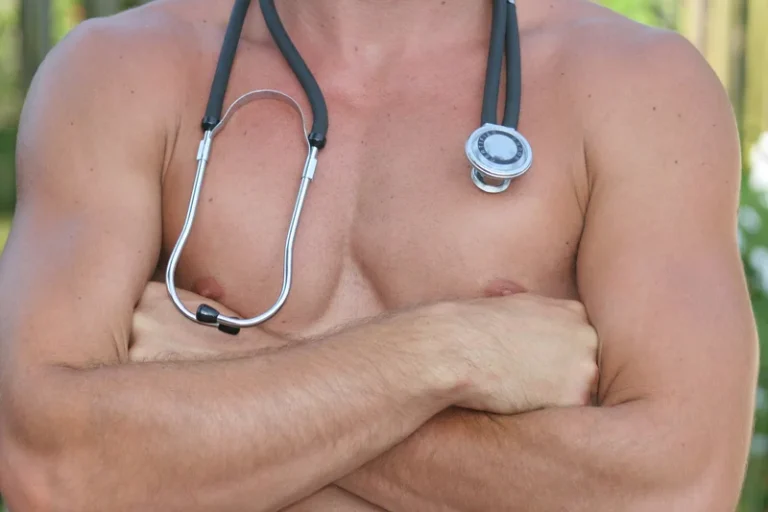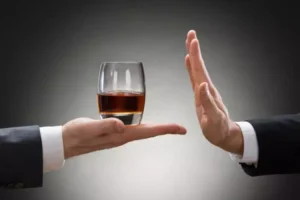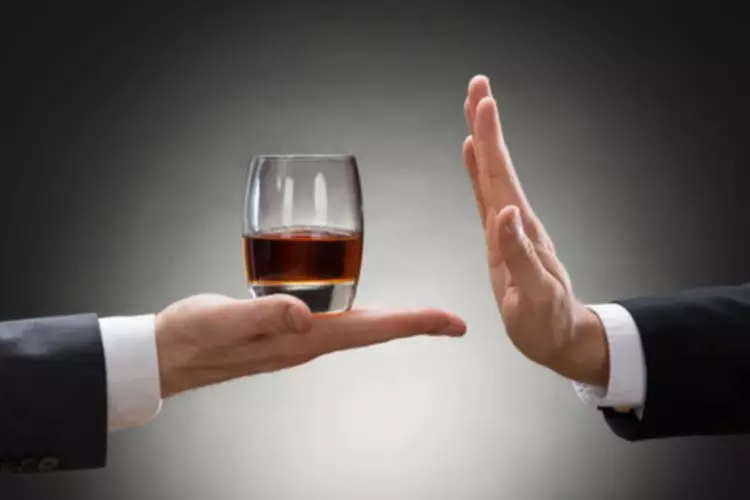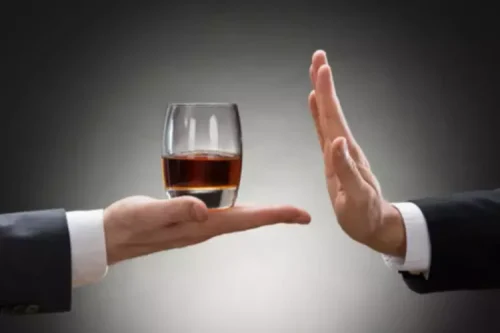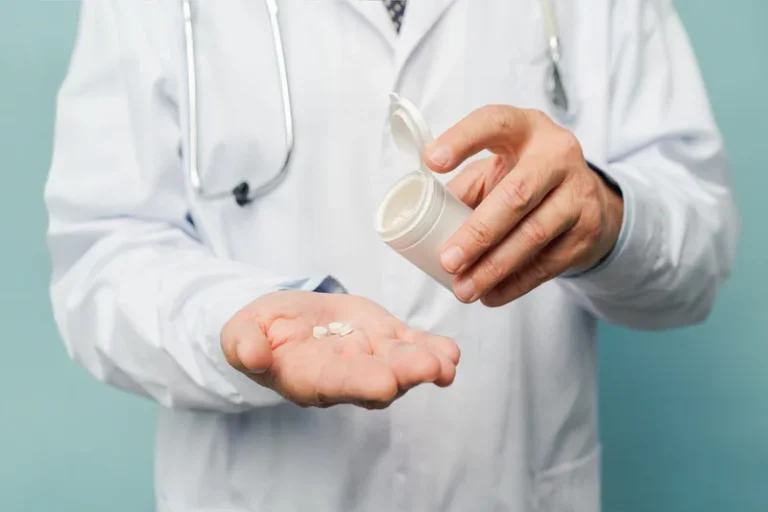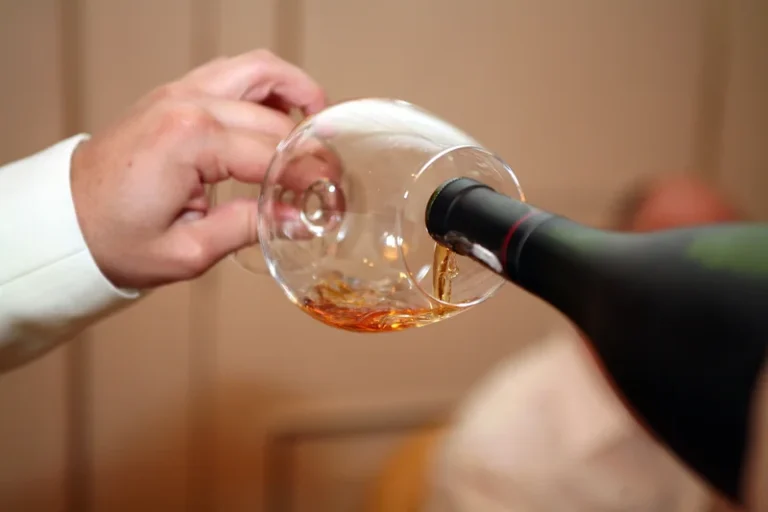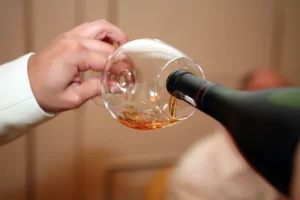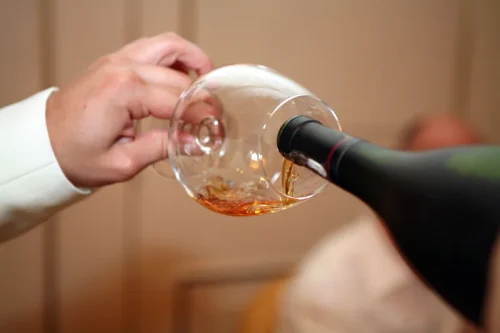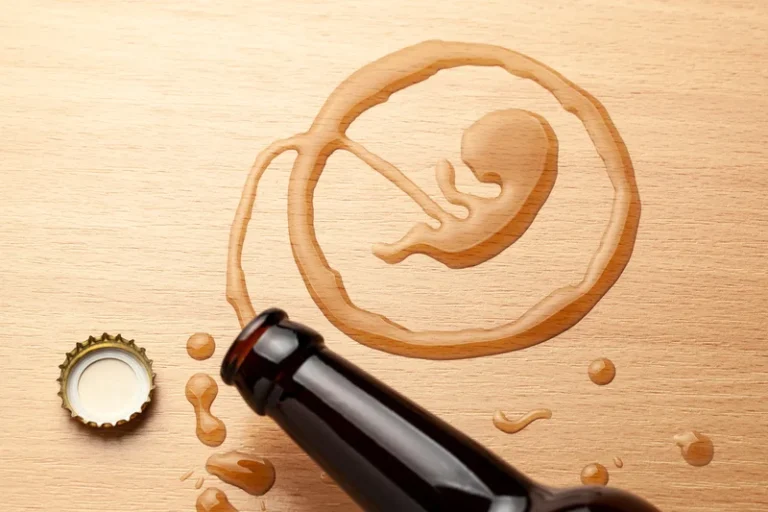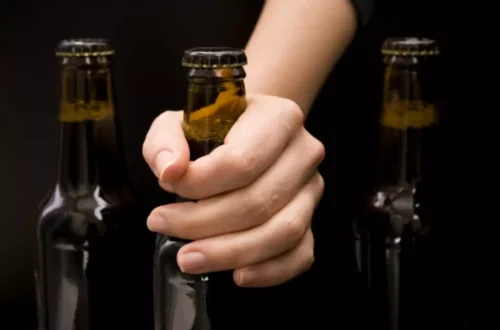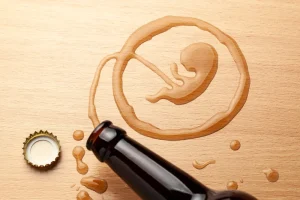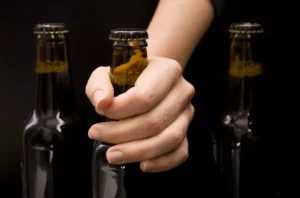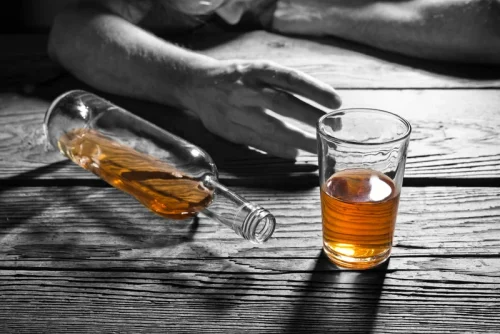
It should also teach a person how to stop the progression from a lapse into relapse. When someone abuses a substance for a long time, they will have a higher tolerance for its effects. It is for this reason that someone’s tolerance declines following a period of abstinence and that they may overdose if they start using again at the same level as before. We are dedicated to transforming the despair of addiction into a purposeful life of confidence, self-respect and happiness. We want to give recovering addicts the tools to return to the outside world completely substance-free and successful.
How Common is Accidental Drug Overdose?
People in recovery may experience a return to a cycle of active addiction when they relapse. While relapse does not mean you can’t achieve lasting sobriety, it can be a disheartening setback in your recovery. Addressing the AVE in the context of addiction treatment involves helping people develop healthier coping strategies and challenging negative beliefs that contribute to addiction. As a result, the AVE can trigger a the abstinence violation effect refers to cycle of further relapse and continued substance use, since people may turn to substances as a way to cope with the emotional distress.
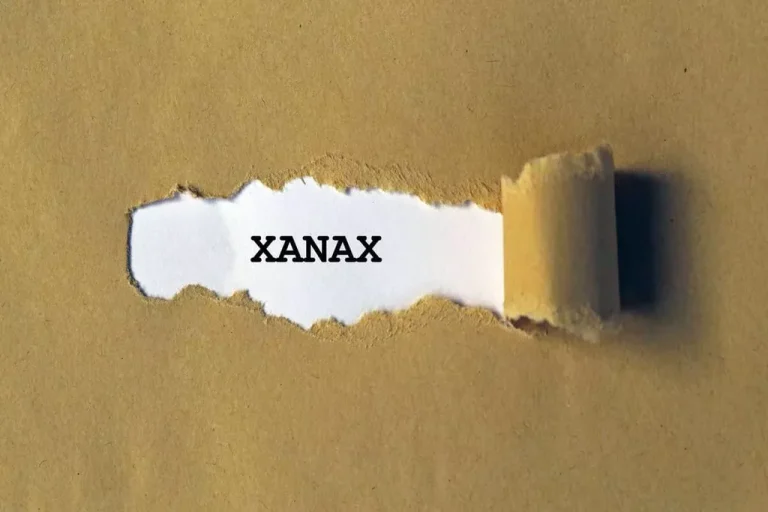
Addiction Programs
Those with only a few weeks of sobriety will not feel as bad as those with years under their belt. Not out of the same warped practicality mentioned above, but because they simply feel as if they are hopeless. By implementing certain strategies, people can develop resilience, self-compassion, and adaptive coping skills to counteract the effects of the AVE and maintain lifelong sobriety. Anxiety, depression, loneliness, and irritability are all symptoms of this stage. It is inevitable that everyone will experience negative emotions at one point or another.
A Good Treatment Program Can Help You To Avoid The Abstinence Violation Effect
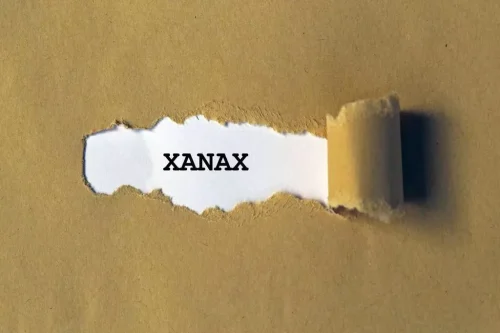
It doesn’t seem logical that we would still experience cravings when we were only just recently hurt by a relapse. We fail to realize that putting drugs and alcohol back in our system was likely what reignited our cravings in the first place. Learning to recognize this will be one of our greatest tasks as we move forward. The result of this lackluster planning is that we recognize future disturbances, yet do nothing to truly resolve them. If we feel stress, anger or depression, we do not find healthy ways of confronting these feelings.
- Regard Healthcare offers 100% confidential substance abuse assessment and treatment placement tailored to your individual needs.
- Brie works closely with the leadership team to develop and implement effective HR strategies that support our organization’s goals and values.
- The Abstinence Violation Effect can have both positive and negative effects on behavior change.
- This isn’t the only way in which our thinking might become twisted when we experience a lapse in sobriety.
- Instead of surrendering to the negative spiral, individuals can benefit from reframing the lapse as a learning opportunity and teachable moment.

If you’re currently lost within the confusion of the abstinence violation effect, we can help. RehabCenter.net can help you or a loved one get back on solid ground. We https://ecosoberhouse.com/ can give you resources to help you create or tweak your relapse prevention plan. Additionally, we will guide you to outpatient and inpatient treatment options. Knowing that can be disheartening, but it can also cause you to relapse out of the belief that relapse is inevitable. It’s important to note that a relapse doesn’t mean your recovery has failed.
- After a period of success in your recovery, you may think you can control your drug or alcohol use again.
- When experiencing AVE, individuals tend to internalize their lapse as a personal weakness which diminishes their self esteem.
- Clinicians in relapse prevention programs and the field of clinical psychology as a whole point out that relapse occurs only after a long-term pattern of specific feelings, thoughts, and behavior.
- This aspect of relapse prevention can be beneficial to those in addiction treatment or contemplating treatment since it is not necessarily a failure to exercise self-control or abstain from using a substance of abuse.
- By implementing certain strategies, people can develop resilience, self-compassion, and adaptive coping skills to counteract the effects of the AVE and maintain lifelong sobriety.
- If AVE sets in pre-emptively, it may actually lead us to the relapse we so desperately fear.
- We feel an urge or encounter a trigger, and suddenly we decide that our attempts at recovery have failed.
- Find out about the abstinence violation effect and what signs to look for in an upcoming relapse.
Those who wish to become sober—and stay that way—must therefore learn to identify abstinence violation effect and the dangerous ways in which it might impact our recovery. This isn’t the only way in which our thinking might become twisted when we experience a lapse in sobriety. Abstinence violation effect fuels our negative cognition, causing us to judge ourselves quite harshly.

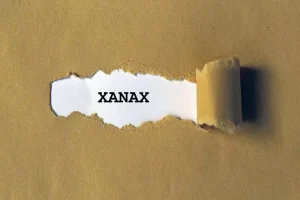
There is no obligation to enter treatment and you can opt out at any time. Having a solid support Halfway house system of friends and family who are positive influences can help you to remain steady within your recovery. Access to aftercare support and programs can also help you to avoid and recover from the AVE.
